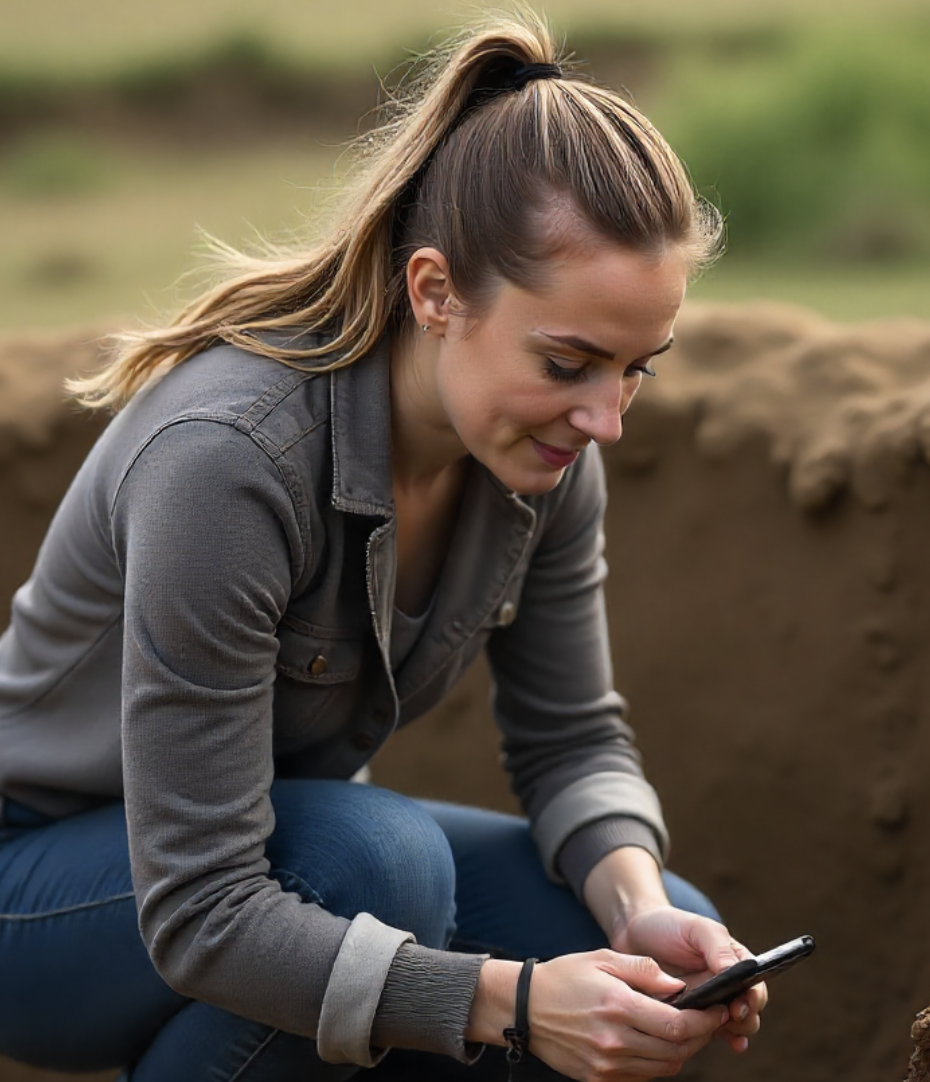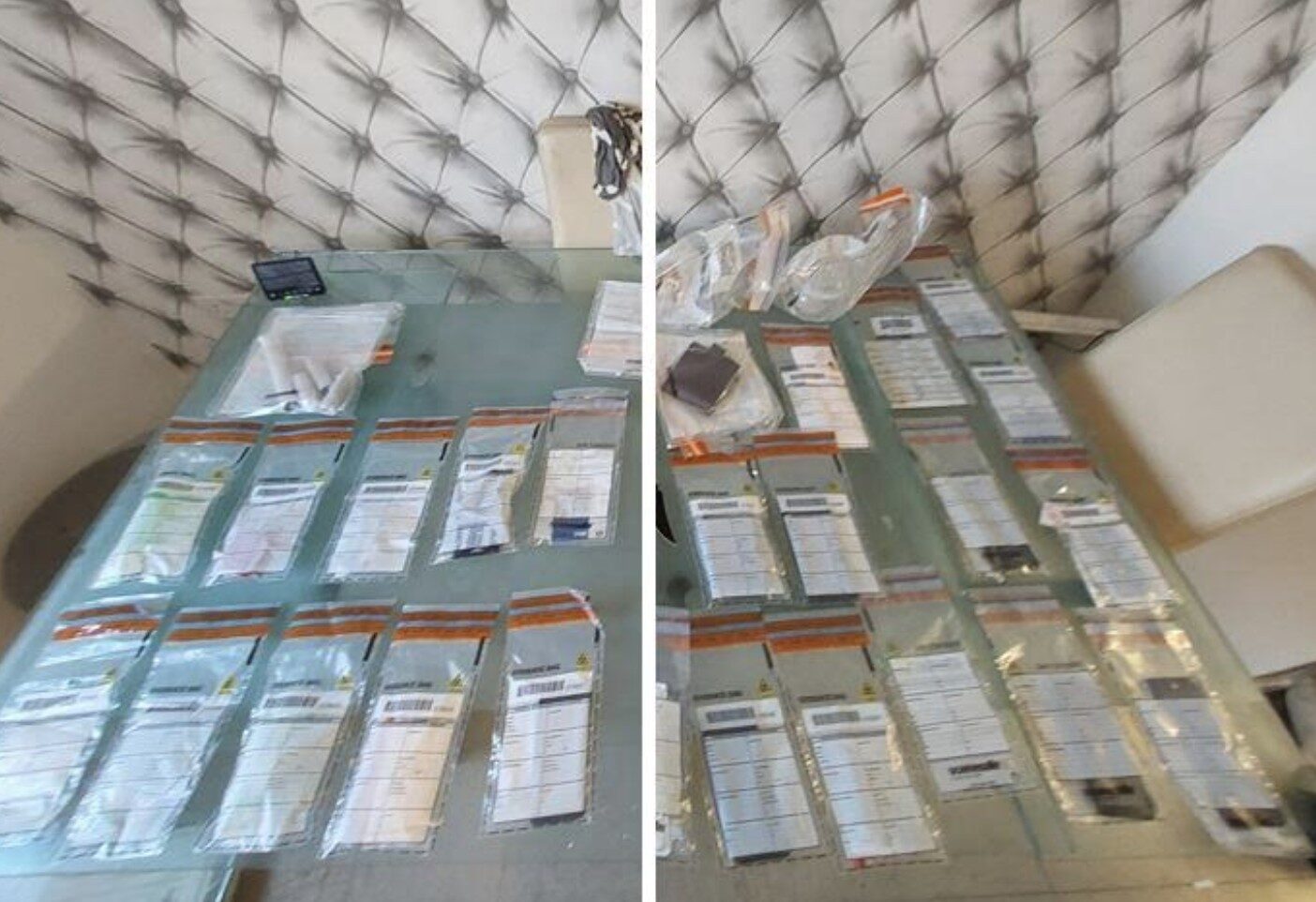Archaeology has been changing our view of the past ever since people started digging up old artefacts to see how our ancestors lived. The planet’s rich and varied history has been brought to light in many ways, with some of the most recent finds helping us understand life in previous centuries.
Our Love of the Past in Popular Culture
Before looking at some of the most important current archaeological sites, we should start by considering how archaeology has become a big part of the entertainment industry. The TV series Detectorists, starring Mackenzie Crook and Toby Jones, was a surprise hit, with a Christmas special in 2022 the last time we saw the team of lovable treasure-seekers on our screens. 2021’s The Dig movie shows how the iconic excavation of Sutton Hoo in Suffolk unfolded, getting a handful of nominations for the British Academy Film Awards.
We can also take a look at the past at Bodog Casino, where players can play slots games like Coins of Leprechaun and Greedy for Gold. There are plenty of Bodog games based on the history of different cultures, such as these Irish-themed slots that include symbols like pots of gold and rainbows that are closely linked to the popular images of Ireland’s mythology.
Ancient cultures and myths are shown in games such as Thor Hammer Strike, Tutenkhamun’s Tomb Hold & Win, and Coins of Poseidon Hold & Win. These take us across the planet in search of interesting characters and settings. The symbols that are used to create wins include powerful icons from the myths, such as Thor’s famous hammer. This type of online game may act as a gentle introduction to the world of archaeology for some players, while for others, it’s simply an increasingly popular form of home entertainment.
There’s no doubt that we are fascinated by the past, whether it’s actual physical places or the beliefs and legends that supported these cultures. But how has this come out in recent times?
The Mysterious Items That Have Been Discovered Recently
The Melsonby Hoard is the name given to a huge treasure trove of over 800 Iron Age objects found near the village of Melsonby, in North Yorkshire. Among the long-lost items, researchers were delighted to find many tyres and other parts believed to be from chariots or wagons.
The items are thought to be from about 2,000 years ago, with a cauldron, horse riding accessories, and ceremonial spears among the other objects uncovered. A substantial number of objects had been burnt or broken, although it’s unclear why and when this happened. The Hoard was first noticed by metal detectorist Peter Heads, who reported his find in 2021, leading to Durham University’s Department of Archaeology taking the lead in a large-scale investigation here.
Meanwhile, in Western Canada, a treasure trove believed to be from Medieval Europe turned up unexpectedly in a thrift store. The rings and medallions are currently being studied at Simon Fraser University, with the idea that they may be from the Western Roman Empire.
The Dungeon Below a Market
The land underneath Leicester Market has proved to be a fascinating example of the UK’s history. Archaeologists discovered objects covering a 2,000-year-old period, meaning that the Roman, Medieval, and Victorian ages are all present in the same place. However, much of the public’s attention was grabbed by the 500-year-old dungeon that was found as part of this dig.
The work has been carried out by the University of Leicester’s Archaeological Services, as a major redevelopment project is being planned. The dungeon was once connected to the Gainsborough Chamber, which was destroyed at the end of the 18th century, but was an important civic centre before then. Records from a 16th-century prisoner mention having to sleep on just hard planks with no bed or straw, letting us get a feel for what life was like in the dungeon back then.
The Search for Understanding Ancient Cultures
The Castilly Henge site in Cornwall has already thrown up some interesting objects, as a team of researchers digs here. About 100 people have been working as they attempt to reveal what kind of historic site lies beneath the soil. Some hope that this could be the location of Britain’s lost stone circle, and a rival to the mighty Stonehenge in terms of cultural and archaeological significance.
It appears to have been constructed around 2,500 BC, with an oval shape that made it ideal for large gatherings and rituals. Castilly Henge was built around the same time as Stonehenge, and if this proves to be a similar sort of site, it raises the question of whether there are even more great stone circles around the world waiting to be discovered.
In Canada, seven wampum beads made from mollusc shells were uncovered at a 17th-century colony in Newfoundland. The indigenous people who lived there are thought to have created these objects to trade with Europeans. They’re part of a huge haul of artefacts that are regularly found on this part of the North American coast and that help us to better understand the cultures that once thrived here.
Our love of the past has been fuelled by various types of popular entertainment that tap into the rich history of our ancestors. However, it’s the real-life work going on at archaeological sites in different parts of the world that will hopefully continue to reveal fascinating insights into the way people used to live.





































